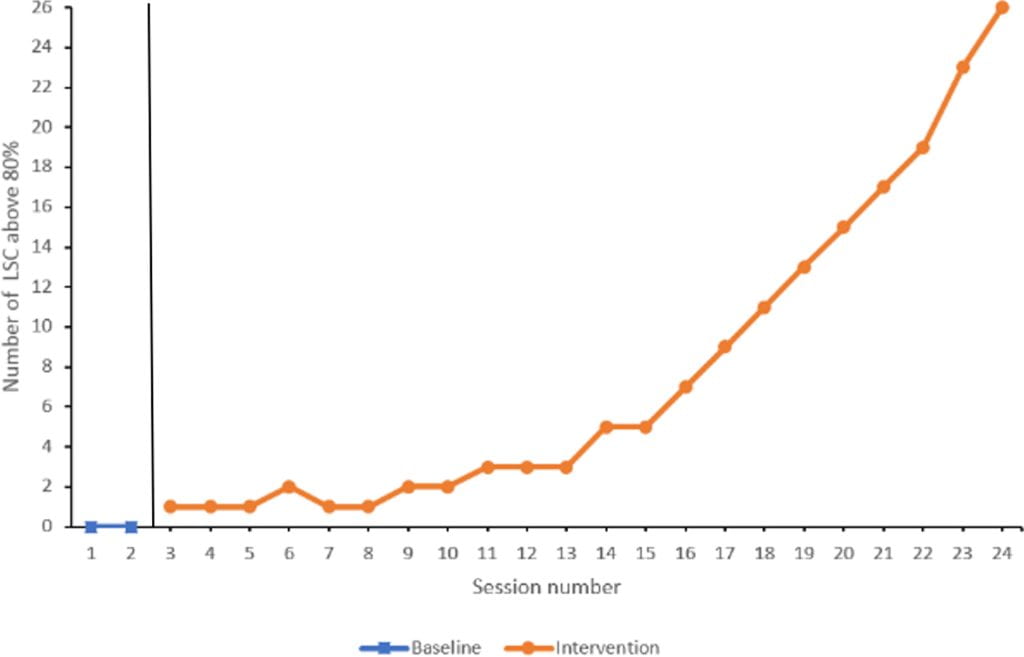
Light, J., Barwise, A., Gardner, A. M., & Flynn, M. (2021). Personalized early AAC intervention to build language and literacy skills: A case study of a 3-year-old with complex communication needs. Topics in Language Disorders, 41, 209-231. 10.1097/TLD.0000000000000254
Background
AAC interventions should support young children with complex communication needs so that they can participate actively in family, school, and community activities; these interventions should prepare them for later involvement in a wide range of meaningful adult activities (e.g., education, employment, volunteer activities, healthcare, and community living). To support such participation, personalized AAC interventions for children may need to target a broad range of individual goals to build communicative competence, foster language development, promote literacy learning, and enhance speech development.
Purpose
This paper provides detailed documentation of personalized AAC intervention over a six-month period for a 3-year-old girl with developmental delay and complex communication needs. The paper describes (1) personalization of multimodal AAC supports to provide this child with the tools to communicate; (2) personalized intervention to build semantic and morphosyntactic skills; and, (3) personalized instruction in literacy skills (i.e., letter-sound correspondences, sound blending, decoding, sight word recognition, reading simple stories, reading comprehension, and encoding skills). Specific goals, instructional materials, and procedures are described; data on speech, language, and literacy outcomes are presented.
Results and Conclusions
After six months of intervention, Jessica had acquired a wide range of semantic concepts in response to her interests and needs; she regularly combined these concepts to communicate multi-word messages and demonstrated increased use of the structural components of language (e.g., articles, conjunctions, etc.). Her speech production of vowels improved and the number and diversity of consonants that she produced also showed significant improvements; her spoken messages were 95% intelligible to familiar adults in context. After six months of intervention, at the age of 3 years 8 months, her literacy skills exceeded those of most of her peers with typical development significantly. She knew all of her letter sounds, demonstrated phonological awareness skills (e.g., sound blending), decoded and recognized by sight a wide range of single words, read simple sentences and stories, located letters accurately on a keyboard, and was beginning to demonstrate encoding /spelling skills.
Too often, expectations for young children with complex communication needs are too low and goals are set for extended time periods. The personalized approach to intervention implemented in this case ensured that we maximized gains during the intervention period by carefully monitoring response to intervention and adjusting accordingly.
Light et al, 2021
